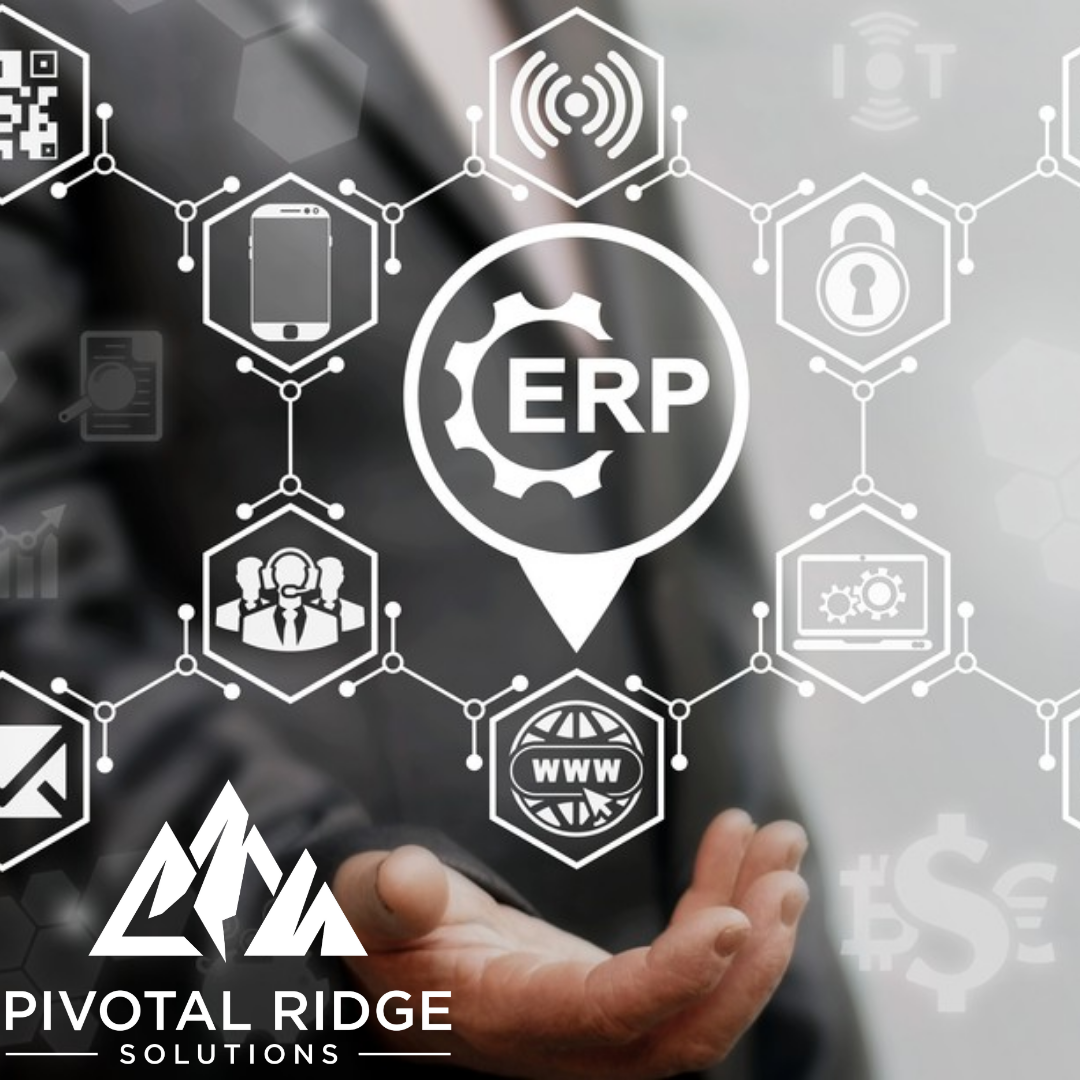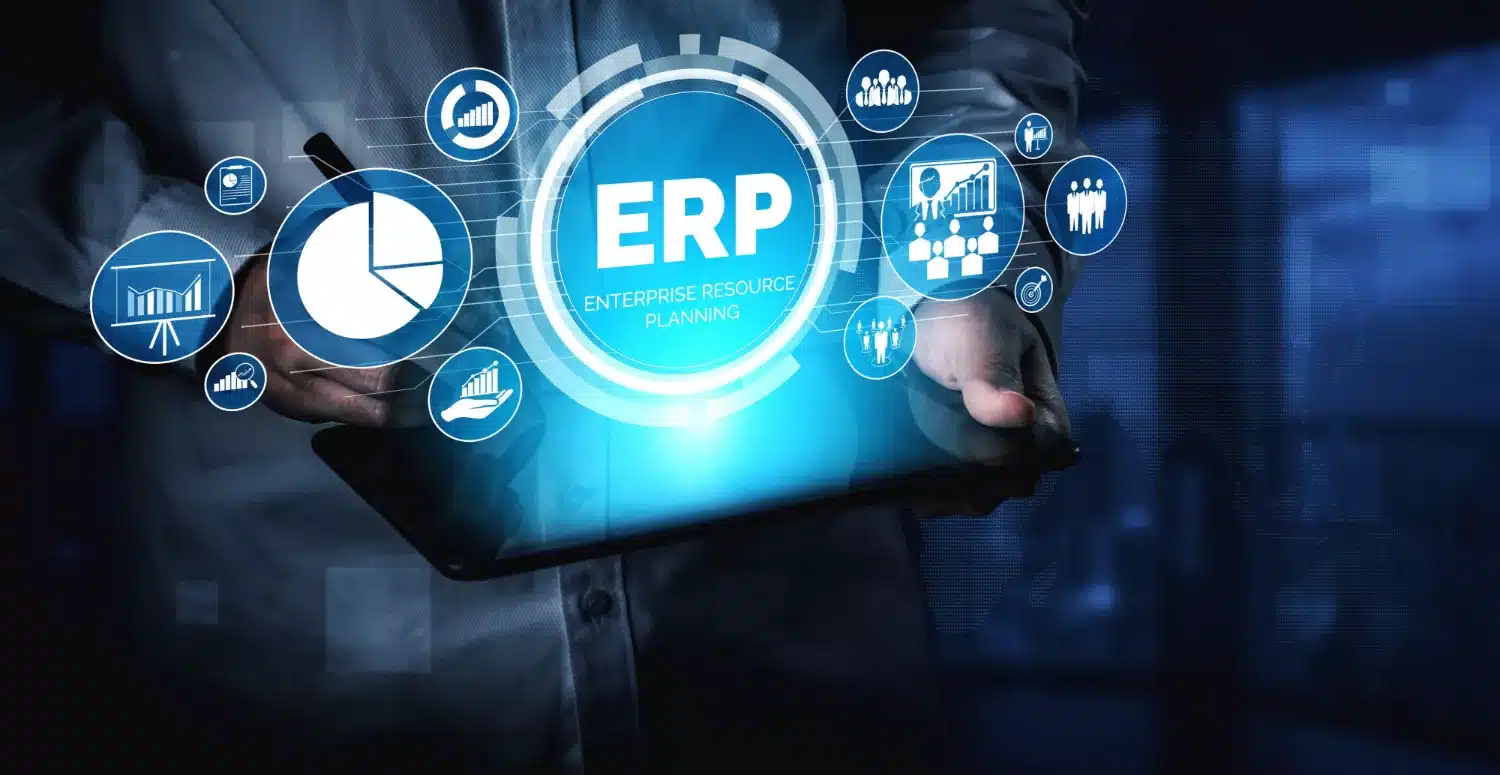Dynamics GP: Your 2026 Migration Plan

The Countdown Is Real: Why 2026 is the Year to Act
For financial services firms, the clock is ticking on on-premise Microsoft Dynamics GP. Microsoft's "Modern Lifecycle Policy" means that while support continues, the platform is no longer receiving new feature development. This, combined with the growing pressure for cloud-native solutions, means the time for deliberation is over. 2025 is the year to finalize your migration plan and secure your firm's financial future.
Acting now is not just about avoiding a looming deadline; it's about gaining a competitive edge. A proactive migration ensures your firm benefits from the security, scalability, and modern features of a cloud ERP.
Your Migration Paths: Two Roads to the Cloud
For firms moving away from Dynamics GP, there are two primary migration paths, each suited to different business needs.
Path 1: The "Lift and Shift" to Microsoft Azure
This is the less disruptive and faster route. It involves hosting your existing Dynamics GP environment—complete with your customizations and data—on a virtual machine in Microsoft Azure.
- Pros: Minimal disruption to existing workflows, immediate escape from on-premise hardware management, and a quicker path to the cloud.
- Best For: Firms with heavy, complex customizations they are not ready to re-implement, or those looking for a stepping stone to the cloud with minimal change.
Path 2: The "Transform and Migrate" to Dynamics 365 Business Central
This is the strategic, long-term solution. It involves a full migration to a modern, true cloud ERP. Dynamics 365 Business Central is a comprehensive financial management suite built from the ground up for the cloud.
- Pros: Access to a modern, AI-driven platform; automatic updates and security patches; and seamless integration with the full Microsoft ecosystem (Power BI, Office 365).
- Best For: Firms ready to modernize their entire financial operation, standardize workflows, and align with Microsoft’s long-term product vision.
Your 2025 Migration Plan: A Step-by-Step Guide
A successful migration requires a structured, phased approach. Here is your actionable plan to guide your firm's transition in 2025.
Step 1: The Initial Assessment (Q1 2026)
- Audit Your Environment: Begin with a comprehensive audit of your current Dynamics GP installation. Document all customizations, third-party integrations, and legacy reports.
- Evaluate Your Data: Identify what data needs to be migrated. Not all historical data may need to come with you.
Step 2: Choose Your Partner and Path (Q2 2026)
- Select an Expert Partner: A skilled migration partner is the single most critical factor for success. Choose a firm with deep experience in both Dynamics GP and your target cloud platform.
- Make the Decision: Based on your assessment and partner consultation, decide which path—Azure or Dynamics 365 Business Central—best aligns with your firm's strategic goals and timeline.
Step 3: Plan, Test, and Train (Q3-Q4 2026)
- Develop a Detailed Project Plan: Work with your partner to create a phased plan for data migration, system configuration, and user training.
- Conduct Thorough Testing: Execute multiple rounds of user acceptance testing (UAT) to ensure the new system works as expected and data is accurate.
- Prioritize Training: Comprehensive training is key to user adoption. Ensure your team is fully prepared for the new system before go-live.
The Time to Act is Now
The final countdown for Dynamics GP in financial services has begun. Proactive planning is the only way to avoid a chaotic migration and secure a successful transition. By following this plan, your firm can move beyond legacy technology and build a more efficient, secure, and data-driven financial future.





.png)